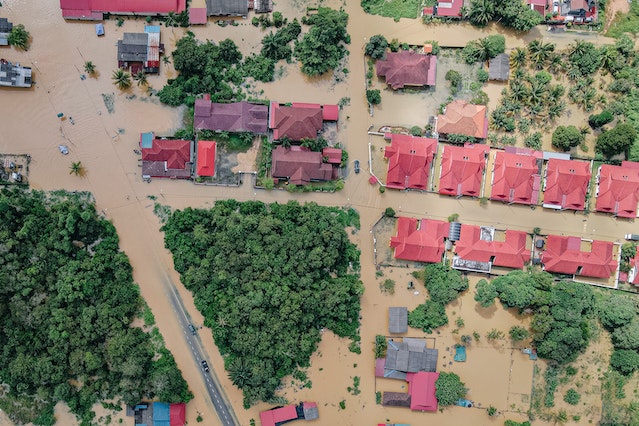Authorities could soon be able to better predict floods during an unfolding emergency after Australian scientists developed a new way to monitor the disaster.
Until now, there’s been no way to understand the impact of flooding once rain has already fallen because existing modelling can only consider a few scenarios.
But new modelling developed by University of Melbourne scientists can accurately simulate what would happen during complex floods over large areas within minutes.
Current modelling is accurate but too slow which means it cannot be used in real time, according to Professor Rory Nathan.
“A flood event could come and go and it still hasn’t finished telling you what’s going to happen so they’re not usable in an emergency,” Prof Nathan told AAP.
“We’ve got a model that is as accurate as our best models but it’s 1000 times faster.”
It combines latest Bureau of Meteorology rainfall forecasts with existing modelling, machine learning and advance mathematics to estimate flood levels over land using common computer technology.
The new model was designed by PhD student Niels Fraehr with others from the university’s engineering and information technology faculty.
It hasn’t been used in a real life emergency but Professor Nathan said the findings, published in peer-reviewed journal Nature Water, had already attracted strong interest.
The next step is to package the technology in a way that it can be used by industry within two years.
“The frequency and severity of floods is just going to increase with climate change and we’re going to be ever more reliant on tools like this as a means of navigating a way through this climate crisis,” Prof Nathan said.
He said it could be used to determine flood risks outside of emergencies such as when designing infrastructure and planning in flood plains.
Rachael Ward
(Australian Associated Press)





